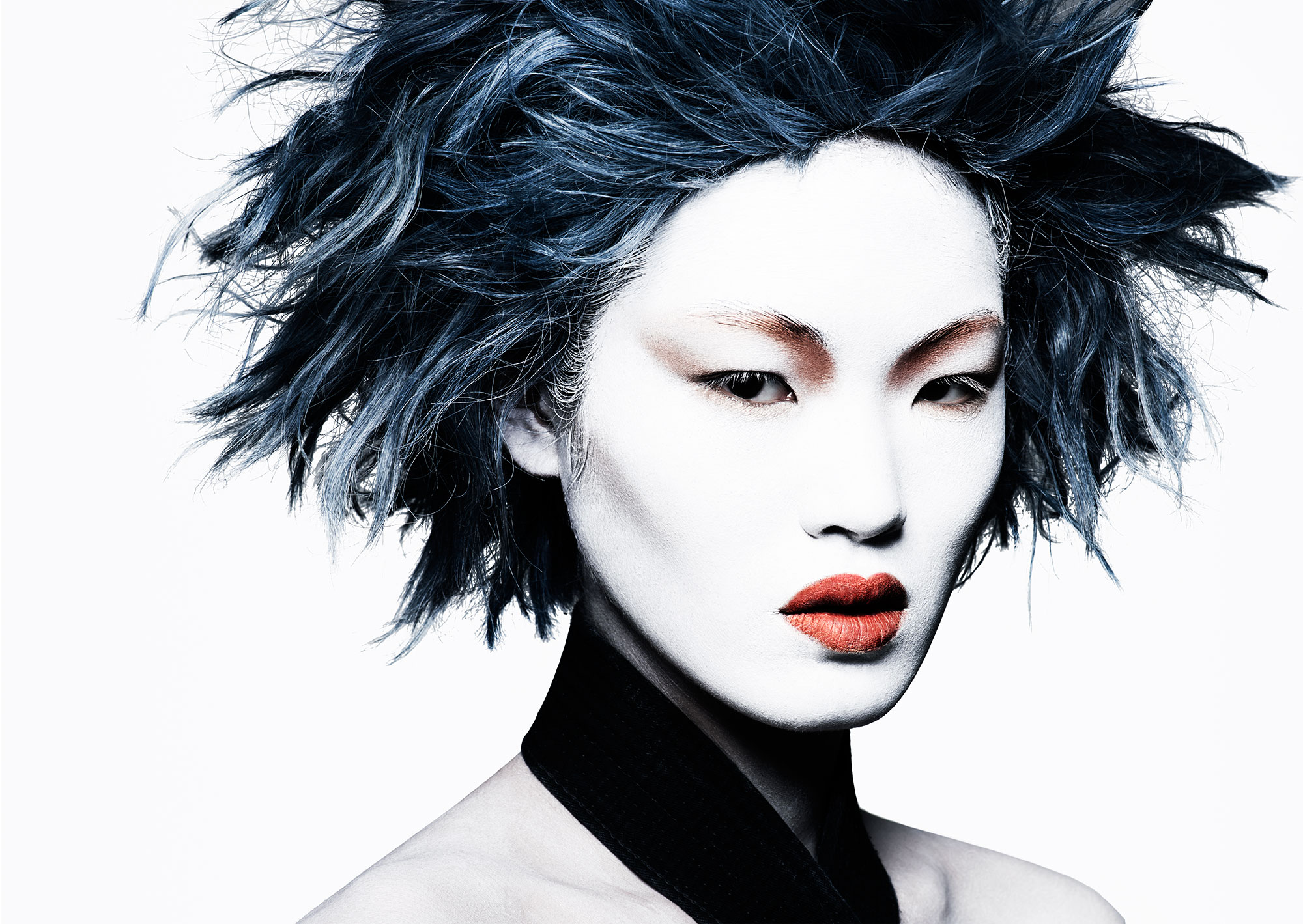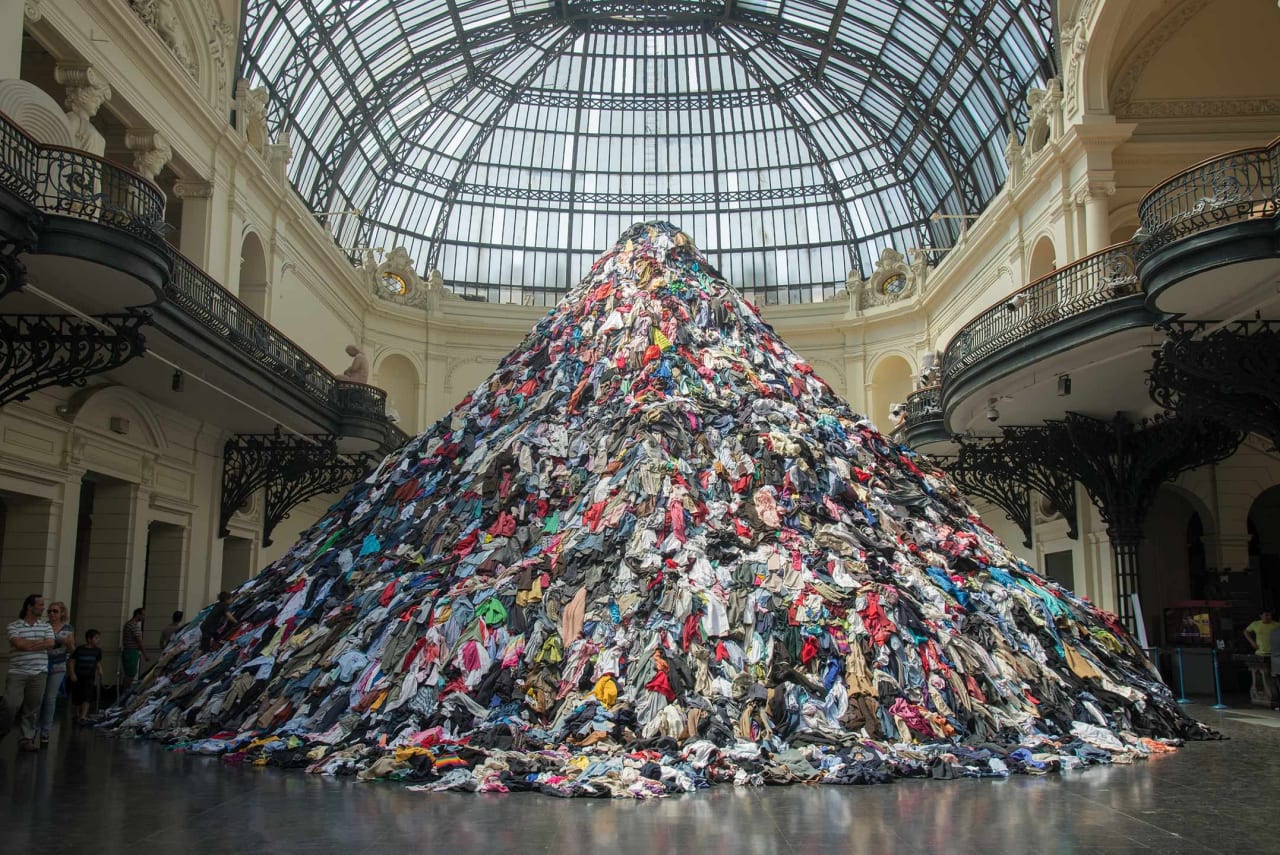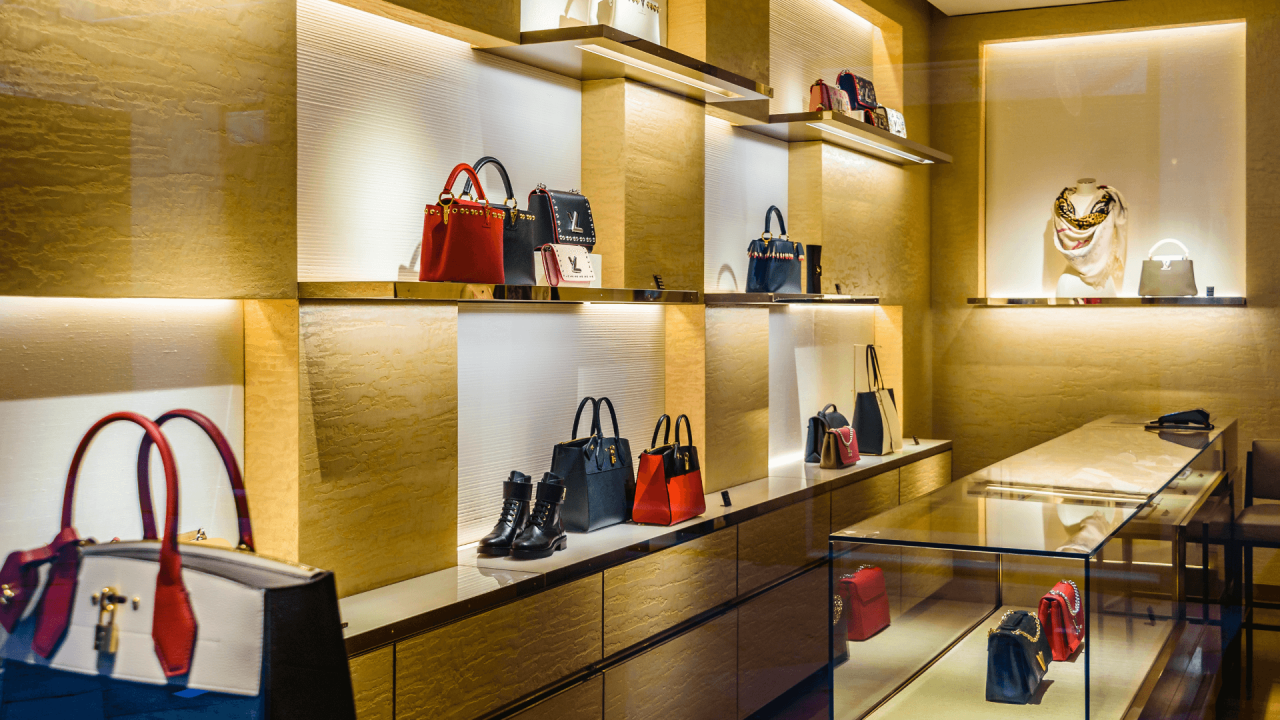High-end fashion brands have long been at the forefront of shaping global style, dictating what’s in and out each season. But behind the glamour of runway shows and exclusive collections lies a carefully orchestrated strategy designed to manipulate trends and maintain their dominance. This mysterious process is as much about psychology and market influence as it is about creativity.
One of the most potent tools high-end brands use to manipulate trends is exclusivity. Producing limited quantities of their most coveted items creates a sense of scarcity that drives demand. When consumers perceive a product as rare, it becomes more desirable, often regardless of its utility or design. For example, items like Hermès Birkin bags or limited-edition Gucci sneakers are status symbols, not just because of their craftsmanship but because they are nearly impossible to obtain.
Exclusivity also extends to their marketing strategies. High-end brands frequently collaborate with select celebrities and influencers, ensuring their products are seen in elite circles. This deliberate placement fosters the illusion that owning these items elevates one’s social status, further driving the appeal.
Fashion trends rarely emerge organically. High-end brands employ trend forecasters and cultural analysts to predict upcoming consumer desires. These professionals monitor social, economic, and cultural shifts to pinpoint emerging preferences woven into collections.
Once a potential trend is identified, luxury brands act swiftly to set it in motion. By showcasing specific designs and styles in runway shows, they influence the media and downstream fashion brands. The trickle-down effect ensures that these trends saturate the market, with high-end brands reaping the initial profits while maintaining their position as trend originators.
Luxury brands understand the psychology of pricing better than most industries. High price tags reflect not just quality or exclusivity but also a deliberate tactic to create perceived value. Consumers often equate expensive items with superior craftsmanship, even if similar quality can be found at lower prices. This perception reinforces the prestige of high-end brands and secures their role as aspirational benchmarks in the fashion world.
Moreover, high prices act as a gatekeeping mechanism, ensuring that only a select few can afford these items. This exclusivity reinforces the brand’s mystique, making their products more desirable and ensuring that trends from these brands remain aspirational.
Collaborations have become a powerful way for luxury brands to manipulate trends. Partnerships with unexpected entities, such as streetwear brands or fast food chains, create buzz and attract younger audiences. These collaborations often serve as gateways, introducing new demographics to high-end fashion while setting new trends.
Additionally, luxury brands wield considerable influence over media and pop culture. Strategic product placements in movies, music videos, and social media ensure their designs are ingrained in the public’s consciousness. This constant visibility drives trends, making it nearly impossible for consumers to resist their allure.
While high-end brands hold immense power, consumers are not entirely powerless. Individuals can make more informed purchase decisions by understanding the mechanisms behind trend manipulation. For example, supporting sustainable and independent designers can help break the cycle of overconsumption driven by high-end brands.
High-end fashion brands have mastered the art of trend manipulation, combining exclusivity, psychology, and strategic influence to maintain dominance. While their tactics are undeniably effective, they also highlight consumers’ need for greater awareness. By unveiling the mystery behind these strategies, we can question our relationship with fashion and make choices that reflect personal style rather than manufactured desires.




